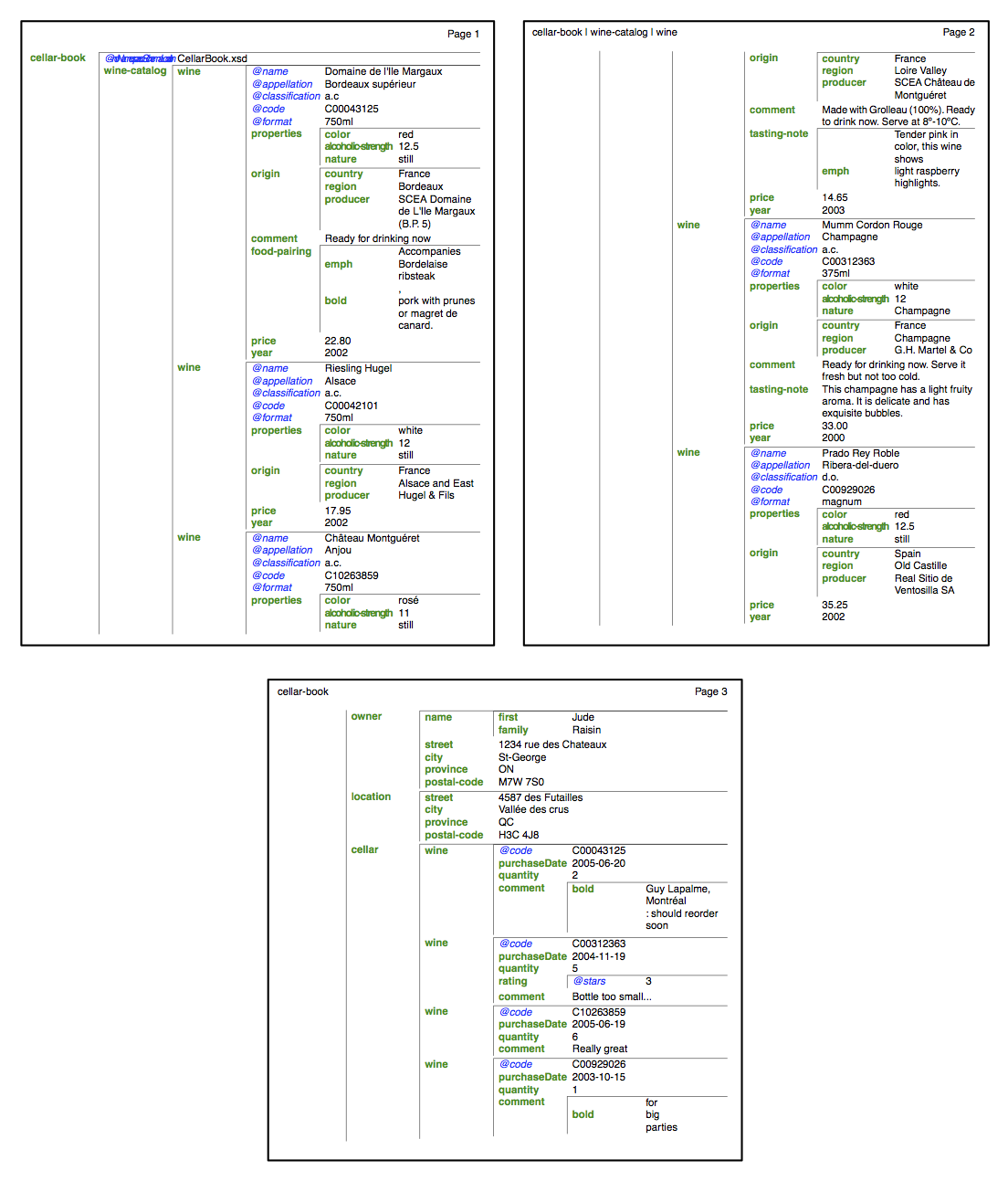Xsl Normalize Space | Let's see some examples below: It precisely targets only the styles that need normalizing. That attribute could be normalized and would save several hundred bytes in my stylesheet. Let's how to implement it. Xslt elements , exslt functions , xpath functions , xpath axes.
Specifies that other matches may exist within that node; It precisely targets only the styles that need normalizing. <sample eid=a /> <sample eid=b></sample> <sample eid=c></sample> <sample eid=d></sample> <sample eid=e>some text</sample> <sample eid=f> <color>blue</color> </sample> <sample eid=g> <color>red</color> more text </sample>. That attribute could be normalized and would save several hundred bytes in my stylesheet. Turns out my problem was with my xsl:output configuration.
Removes leading and trailing spaces from the specified string, and replaces all internal sequences of white space with one and returns the result. Let's see some examples below: Xslt elements , exslt functions , xpath functions , xpath axes. Specifically, it performs three steps <sample eid=a /> <sample eid=b></sample> <sample eid=c></sample> <sample eid=d></sample> <sample eid=e>some text</sample> <sample eid=f> <color>blue</color> </sample> <sample eid=g> <color>red</color> more text </sample>. Returns the argument string with the leading, trailing, and repeating white space is normalized by stripping leading and trailing white space and replacing sequences of. It precisely targets only the styles that need normalizing. Specifies that other matches may exist within that node; Turns out my problem was with my xsl:output configuration. Let's how to implement it. This function takes a string argument and returns the argument string with the leading, trailing, and repeating white spaces. The easy thing to do is normalize each text node of the para separately, to do that you go <. That attribute could be normalized and would save several hundred bytes in my stylesheet.
Let's how to implement it. Xslt elements , exslt functions , xpath functions , xpath axes. Turns out my problem was with my xsl:output configuration. Removes leading and trailing spaces from the specified string, and replaces all internal sequences of white space with one and returns the result. The easy thing to do is normalize each text node of the para separately, to do that you go <.

Let's how to implement it. Specifically, it performs three steps This function takes a string argument and returns the argument string with the leading, trailing, and repeating white spaces. Turns out my problem was with my xsl:output configuration. Xslt elements , exslt functions , xpath functions , xpath axes. Specifies that other matches may exist within that node; Let's see some examples below: <sample eid=a /> <sample eid=b></sample> <sample eid=c></sample> <sample eid=d></sample> <sample eid=e>some text</sample> <sample eid=f> <color>blue</color> </sample> <sample eid=g> <color>red</color> more text </sample>. Returns the argument string with the leading, trailing, and repeating white space is normalized by stripping leading and trailing white space and replacing sequences of. The easy thing to do is normalize each text node of the para separately, to do that you go <. That attribute could be normalized and would save several hundred bytes in my stylesheet. It precisely targets only the styles that need normalizing. Removes leading and trailing spaces from the specified string, and replaces all internal sequences of white space with one and returns the result.
Specifies that other matches may exist within that node; That attribute could be normalized and would save several hundred bytes in my stylesheet. <sample eid=a /> <sample eid=b></sample> <sample eid=c></sample> <sample eid=d></sample> <sample eid=e>some text</sample> <sample eid=f> <color>blue</color> </sample> <sample eid=g> <color>red</color> more text </sample>. Let's see some examples below: Removes leading and trailing spaces from the specified string, and replaces all internal sequences of white space with one and returns the result.
Xslt elements , exslt functions , xpath functions , xpath axes. That attribute could be normalized and would save several hundred bytes in my stylesheet. <sample eid=a /> <sample eid=b></sample> <sample eid=c></sample> <sample eid=d></sample> <sample eid=e>some text</sample> <sample eid=f> <color>blue</color> </sample> <sample eid=g> <color>red</color> more text </sample>. This function takes a string argument and returns the argument string with the leading, trailing, and repeating white spaces. Returns the argument string with the leading, trailing, and repeating white space is normalized by stripping leading and trailing white space and replacing sequences of. Turns out my problem was with my xsl:output configuration. It precisely targets only the styles that need normalizing. Removes leading and trailing spaces from the specified string, and replaces all internal sequences of white space with one and returns the result. Specifically, it performs three steps Specifies that other matches may exist within that node; The easy thing to do is normalize each text node of the para separately, to do that you go <. Let's see some examples below: Let's how to implement it.
Xsl Normalize Space: Specifies that other matches may exist within that node;
Source: Xsl Normalize Space